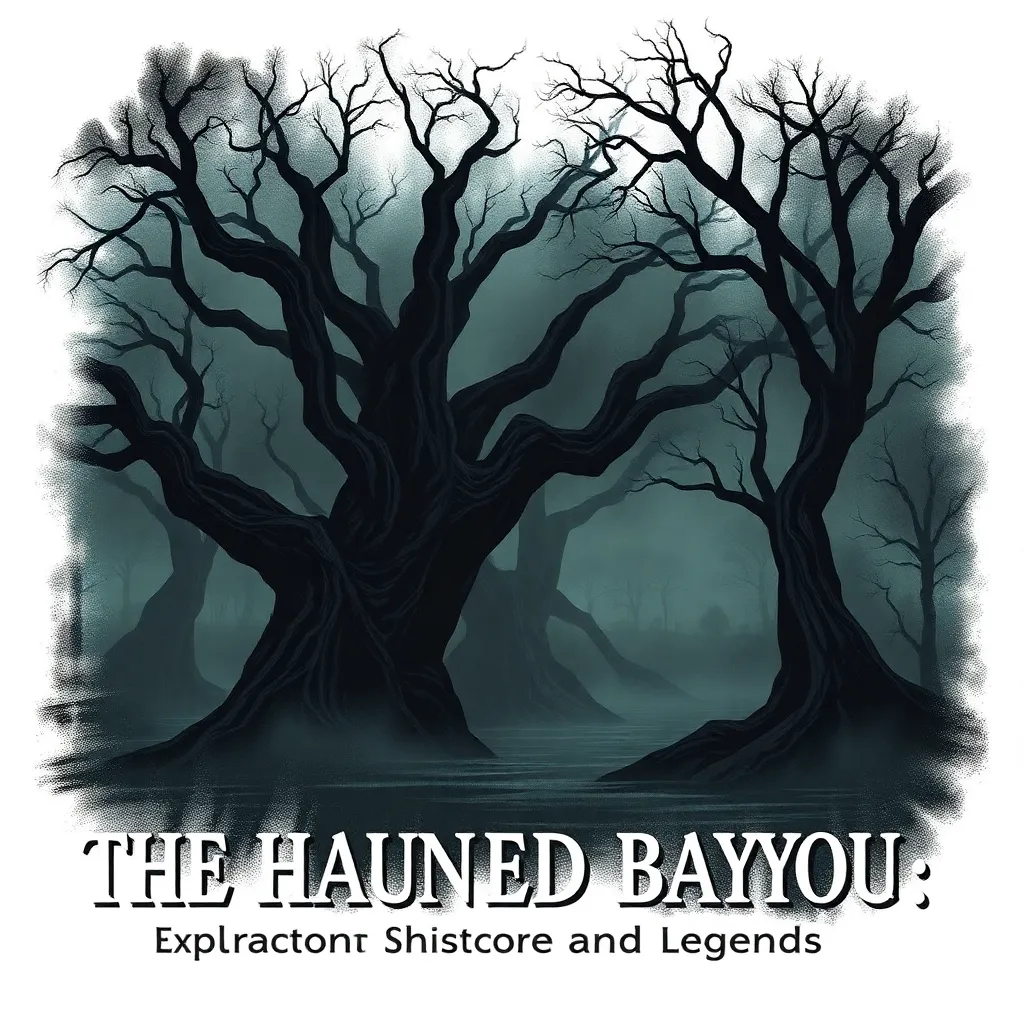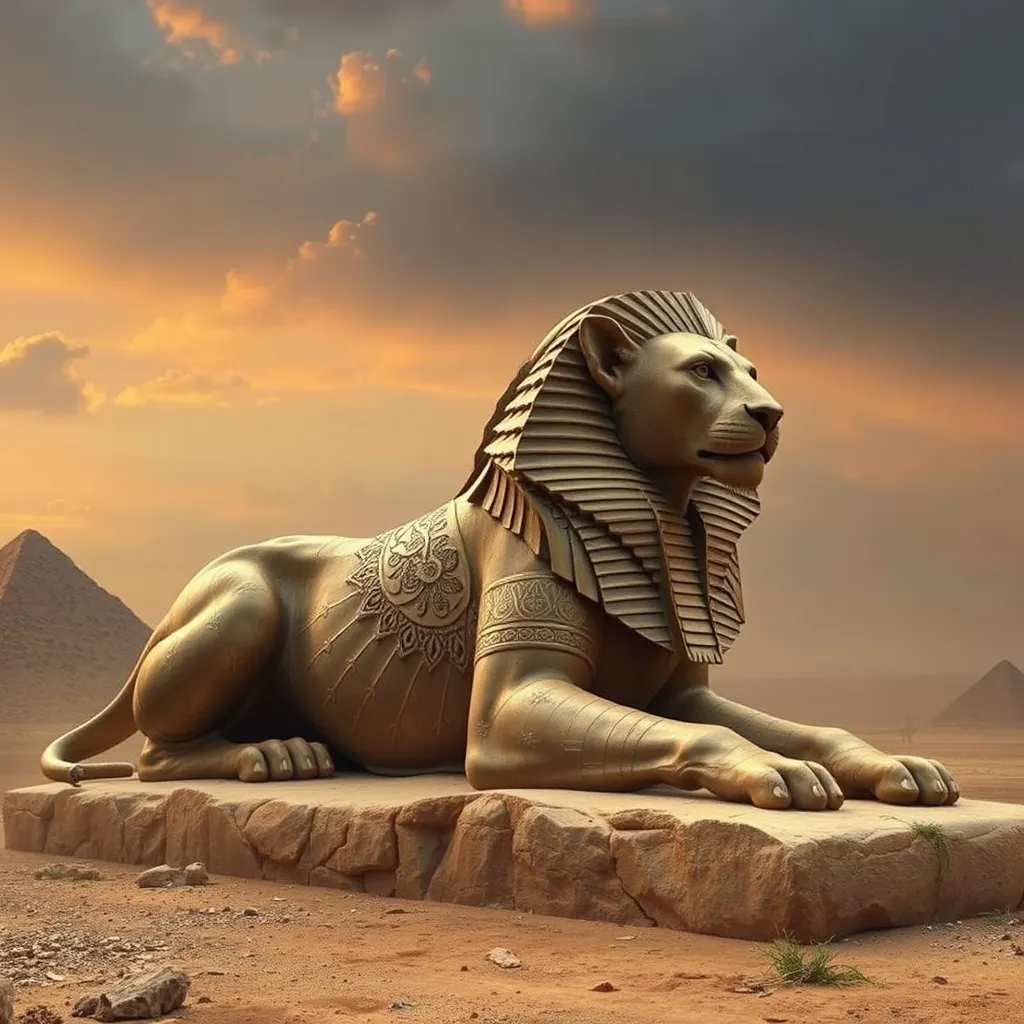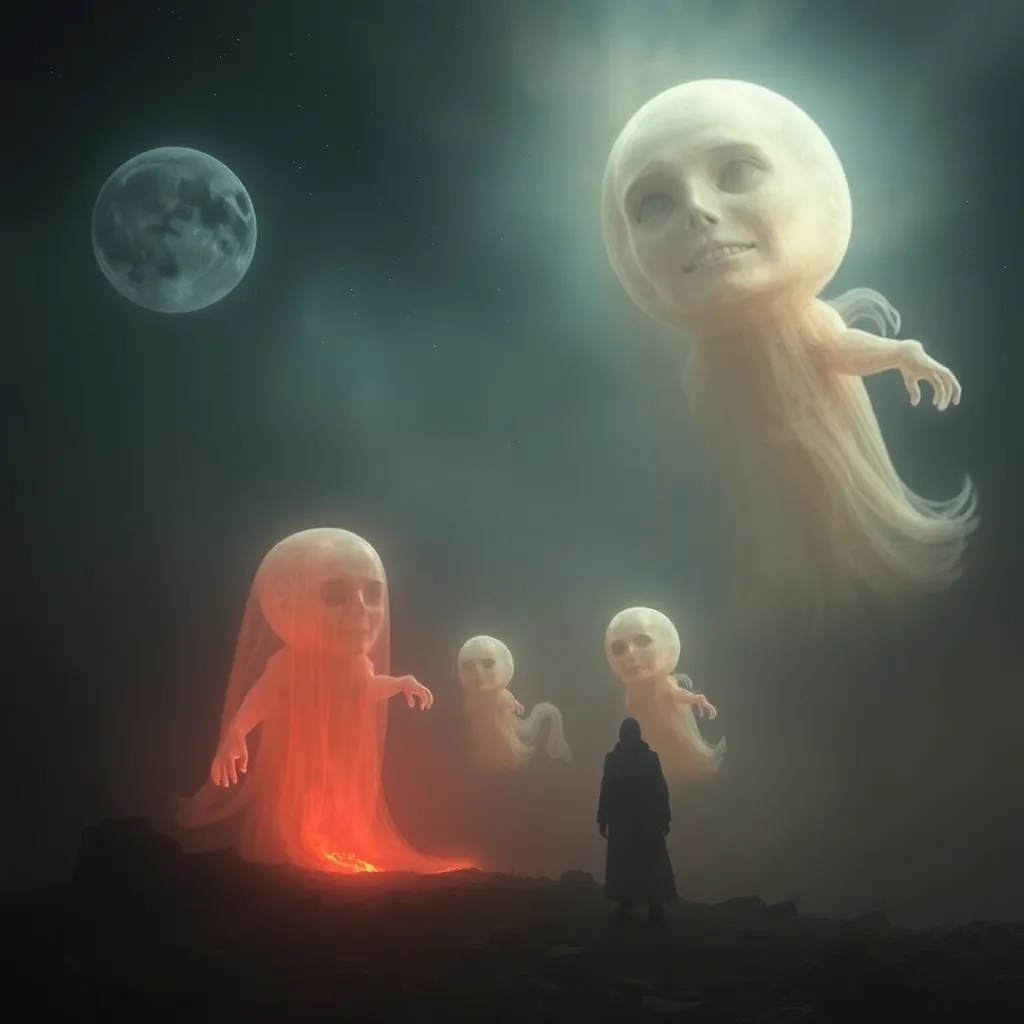Lion, Dragon, Man: Unmasking the Manticore in Persian Folklore
I. Introduction
The Manticore, a mythical creature with a lion’s body, a human-like face, and a poisonous tail, captures the imagination with its enigmatic nature. Originating from ancient Persian folklore, the Manticore is a fascinating symbol of the complexities of danger and morality. This article aims to explore the Manticore’s origins, physical description, literary significance, and its enduring presence in contemporary culture.
II. The Origins of the Manticore
A. Historical context of the Manticore legend
The Manticore’s roots can be traced back to ancient Persian texts and mythologies, where it was often depicted as a fearsome predator. The legend of the Manticore emerged during a time when mythological creatures were used to explain the unknown and represent societal fears.
B. Etymology and early mentions in ancient texts
The word “Manticore” is believed to derive from the Persian term “martikhor,” which translates to “man-eater.” Early mentions of the Manticore can be found in texts such as Herodotus’s “Histories” and Pliny the Elder’s “Natural History,” where it is described as a terrifying beast that hunts and consumes humans.
C. Cultural influences on the Manticore’s development
Over the centuries, various cultures have influenced the evolution of the Manticore myth. The melding of Persian, Greek, and later European folklore enriched the character of the Manticore, leading to diverse interpretations and representations.
III. Physical Description and Symbolism
A. Anatomical features: lion, dragon, and human elements
The Manticore is often depicted with the body of a lion, the wings of a dragon, and a human-like face that sometimes features a beard. Its tail, adorned with spines or barbs, is capable of delivering a lethal sting, adding to its fearsome reputation.
B. Symbolic interpretations of the Manticore’s attributes
The Manticore embodies a myriad of symbols:
- Strength: The lion represents courage and power.
- Wisdom: The human-like face symbolizes intelligence and cunning.
- Destruction: The dragon elements signify chaos and danger.
C. The role of the Manticore in representing danger and the unknown
In Persian folklore, the Manticore serves as a cautionary figure, warning against the perils of the unknown. Its hybrid nature reflects humanity’s fears of what lies beyond the familiar, making it a potent symbol of both fascination and dread.
IV. The Manticore in Persian Literature
A. Key texts featuring the Manticore
The Manticore appears in several notable Persian texts, including the “Shahnameh” by Ferdowsi, where it serves as a formidable adversary for heroes on their quests.
B. Analysis of the Manticore’s role in stories and fables
In these narratives, the Manticore often represents the ultimate test of bravery and strength for the protagonists. Confronting the Manticore symbolizes overcoming one’s fears and the journey toward self-discovery.
C. Themes of morality and heroism associated with the Manticore
The encounters with the Manticore frequently carry moral lessons, emphasizing the virtues of heroism, wisdom, and the necessity of facing one’s fears. These themes resonate deeply in Persian culture, highlighting the importance of courage in the face of adversity.
V. Comparative Mythology: The Manticore and Other Creatures
A. Similarities with other mythological beasts (Griffin, Chimera)
The Manticore shares similarities with creatures like the Griffin and Chimera, both of which are composite beings that blend various animal features. Like the Manticore, these creatures serve as powerful symbols within their respective mythologies.
B. Differences in cultural representation and significance
While the Manticore is primarily a figure of fear in Persian folklore, the Griffin often represents guardianship and nobility, and the Chimera symbolizes chaos. Each creature embodies different aspects of human experience and cultural values.
C. The Manticore’s unique place in Persian mythology
The Manticore’s unique combination of attributes and its role as a harbinger of danger set it apart from other mythological beasts, making it a significant figure in Persian culture. Its portrayal as a man-eater underscores the existential threats faced by humanity.
VI. The Manticore in Art and Iconography
A. Depictions of the Manticore in Persian art
Persian art has historically depicted the Manticore in various forms, from intricate miniature paintings to sculptures. These representations often emphasize its fierce demeanor and hybrid nature.
B. Evolution of Manticore imagery through the ages
Over time, Manticore imagery has evolved, reflecting changes in artistic styles and cultural attitudes. From its fearsome portrayal in ancient manuscripts to more stylized representations in modern art, the Manticore’s image continues to captivate artists.
C. The influence of the Manticore in modern artistic expressions
In contemporary art and literature, the Manticore has been reinterpreted, appearing in fantasy novels, films, and graphic novels. Its enduring appeal lies in its complex symbolism and the rich narrative possibilities it offers.
VII. Contemporary Relevance of the Manticore
A. The Manticore in modern storytelling and popular culture
Today, the Manticore has found a place in modern storytelling, appearing in various forms of media, including video games and movies. It represents the timeless fascination with myth and the blending of reality and fantasy.
B. Reinterpretations and adaptations in literature and media
Authors and creators have adapted the Manticore to fit contemporary narratives, exploring themes of identity, fear, and the struggle against inner demons. This adaptability showcases the creature’s relevance in addressing modern existential themes.
C. The enduring legacy of the Manticore in contemporary society
The Manticore’s legacy continues to resonate, serving as a metaphor for the challenges humanity faces. Its multifaceted nature encourages reflection on the balance between strength and vulnerability, making it a compelling subject in discussions about human experience.
VIII. Conclusion
A. Recap of the Manticore’s significance in Persian folklore
The Manticore remains a powerful symbol in Persian folklore, embodying the complexities of human fears and aspirations. Its representation as a man-eater conveys the dangers that lurk beyond the known world.
B. Reflection on the creature’s multi-faceted symbolism
Through its hybrid nature and associations with danger, strength, and wisdom, the Manticore encapsulates the multifaceted aspects of existence. It serves as a reminder of the challenges faced in the journey of life.
C. Final thoughts on the relevance of myth in understanding cultural narratives
Myths like that of the Manticore provide valuable insights into cultural narratives, revealing the fears, hopes, and moral lessons of societies. By unmasking the Manticore, we gain a deeper understanding of the human condition and the timeless nature of myth.



